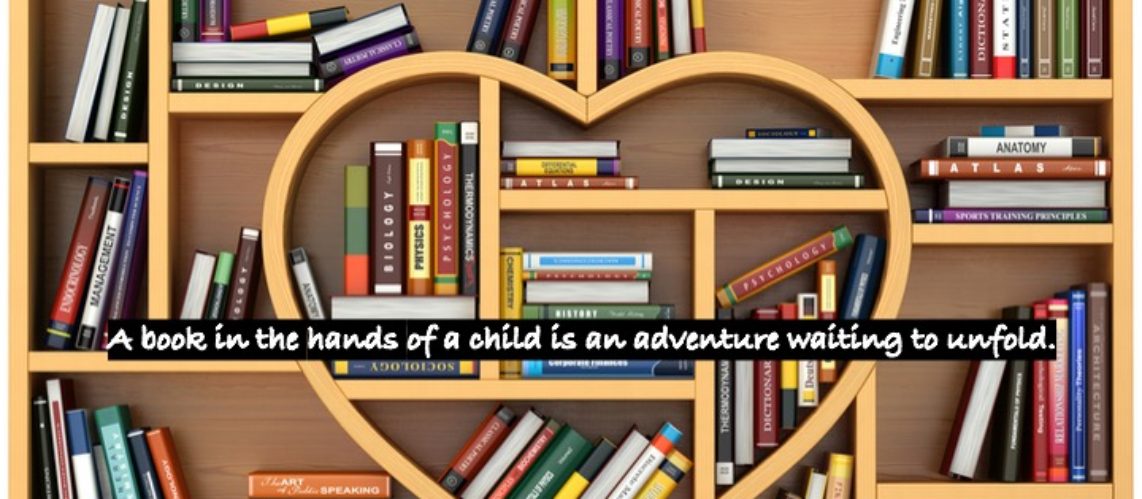Shape and color are highly interconnected. Many objects have strong color associations. For those that do, are brains can recognize them faster when the color matches the one we are expecting. For example, it would take the brain longer to recognize an apple that is yellow than it would to recognize one that is the commonly paired color of red. We might first guess the yellow apple is a kind of pair or other spherical food. There are many ways that color coding could be applied to aid students in speeding visual recognition. A student who has folders in his binder for every subject but often mixes his worksheets up by placing them in random folders, could benefit from making each folder a different color. This would allow them to very quickly sort their work into the correct folders and improve organization. For an older student, different colored binders or book covers could also be used for this purpose, instead of all similar looking black or white ones with print labels. Secondly, color could be used to assist a student who is having a hard time locating their classroom door among a line of very similar looking doors. In grade school, the teacher could put a large strip of construction paper or single-colored bright poster up on their door so the student could more quickly pick it out from the surrounding classrooms. For a student moving into a college dormitory, they could do the same for their own door to both indicate their individual style and give themselves a means to rapidly distinguish theirs from their next-door neighbors.
Color association is used in branding all the time to instill automatic recognition. Which can do you recognize first before you’ve read any text?

